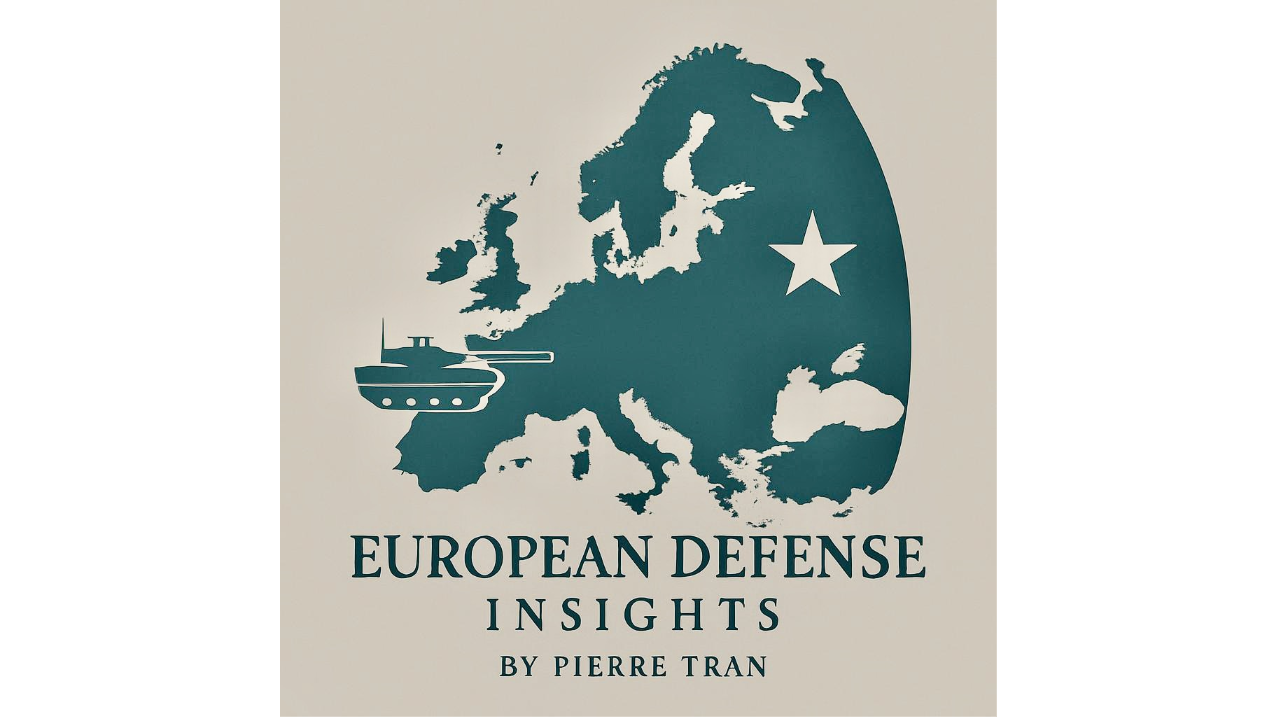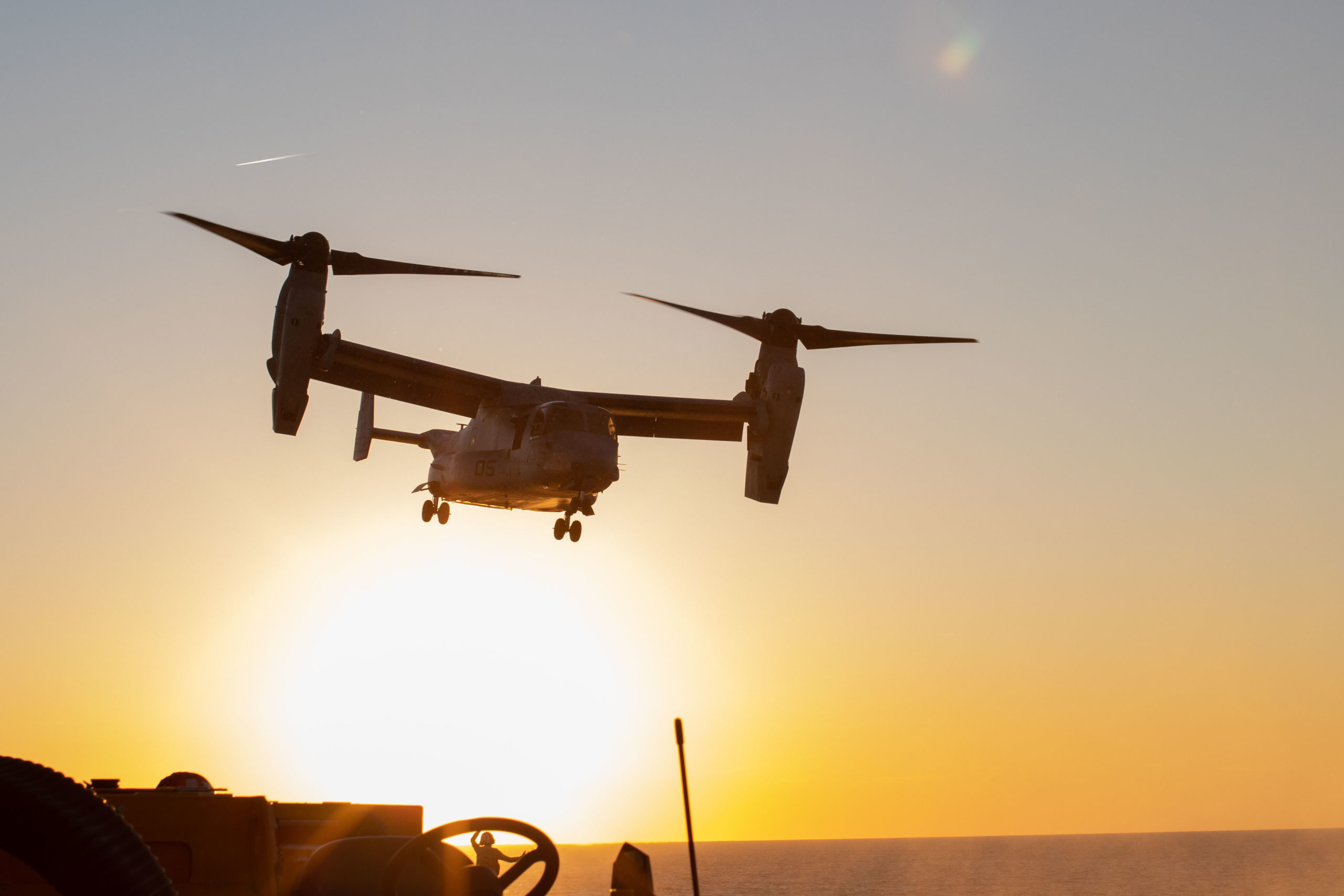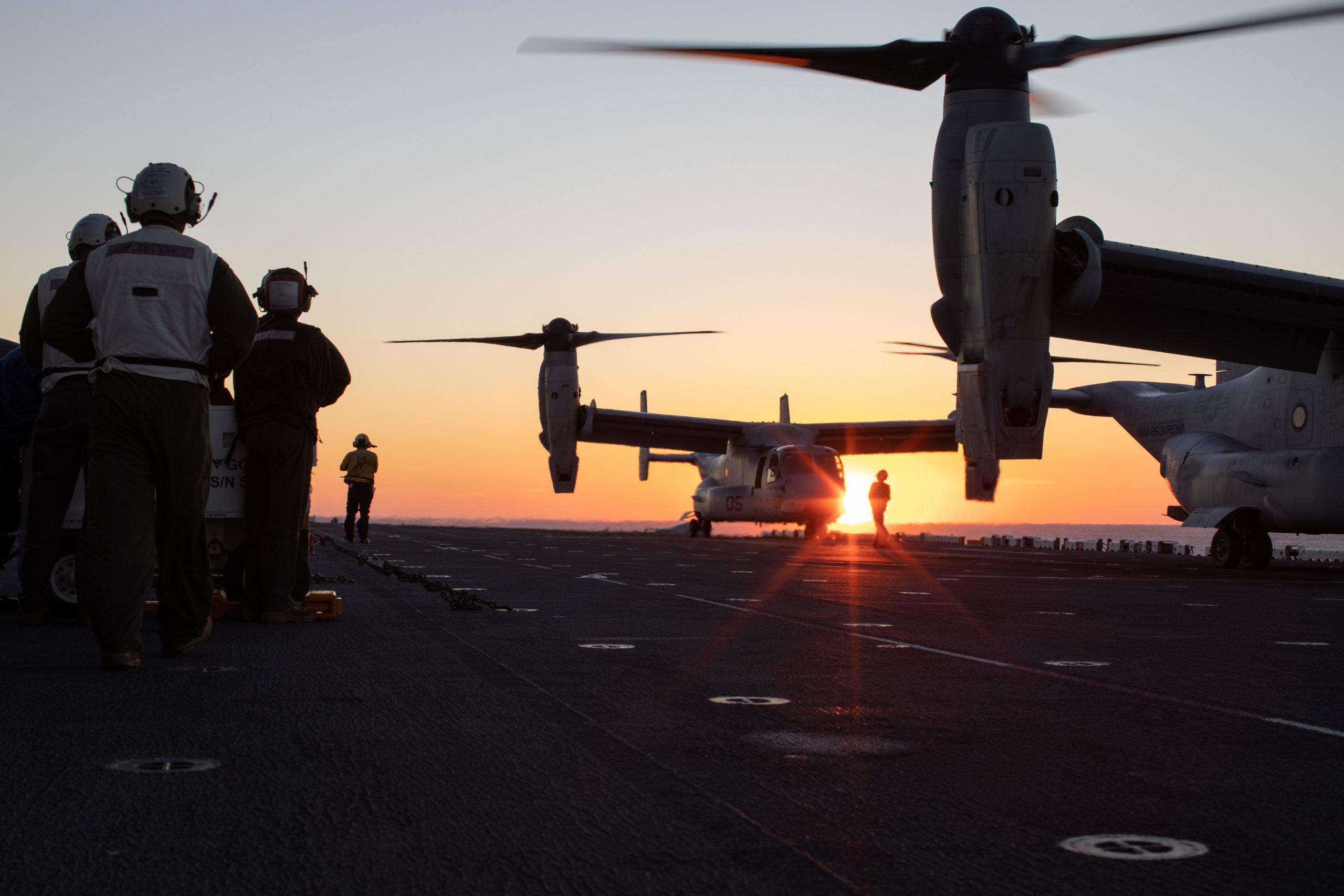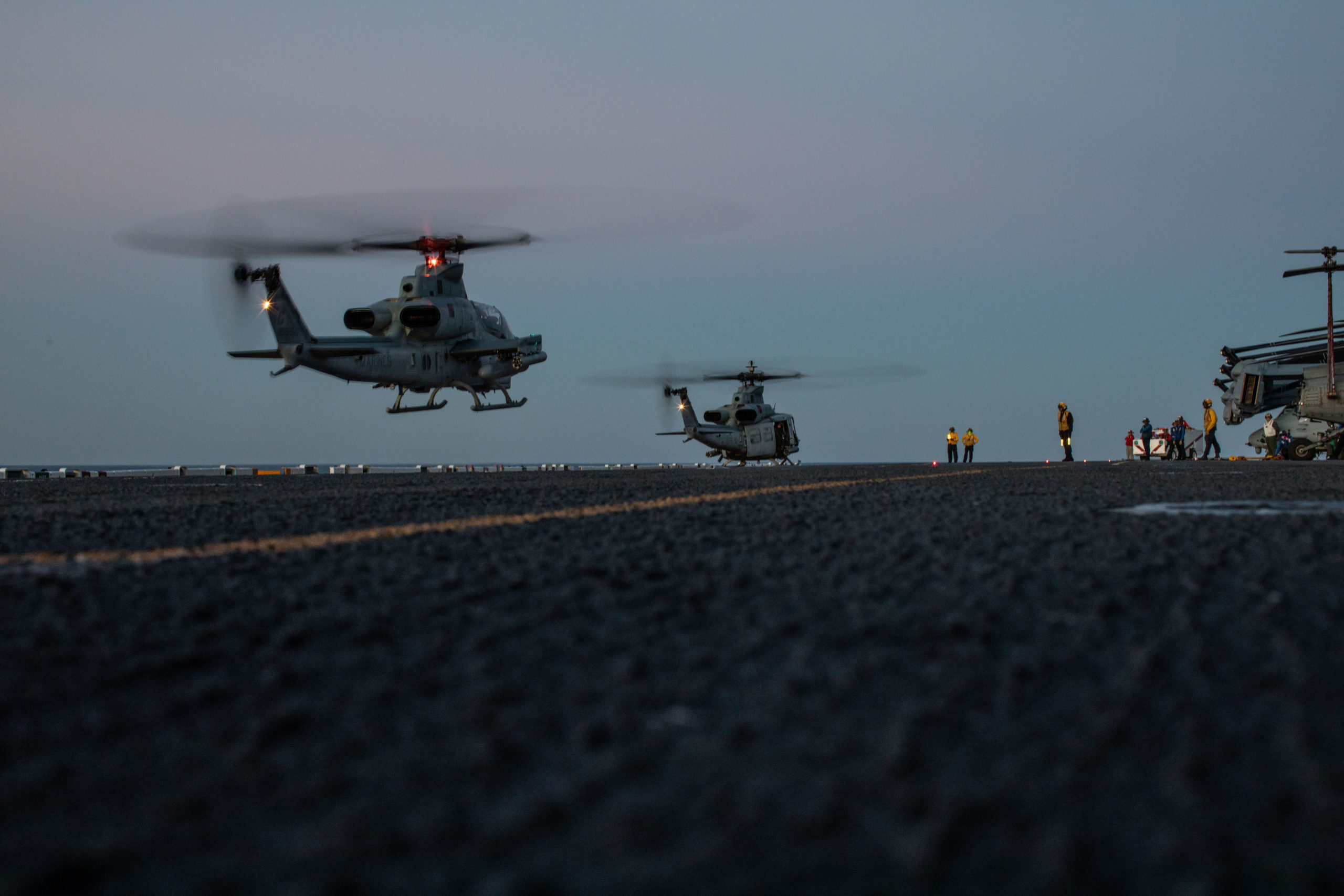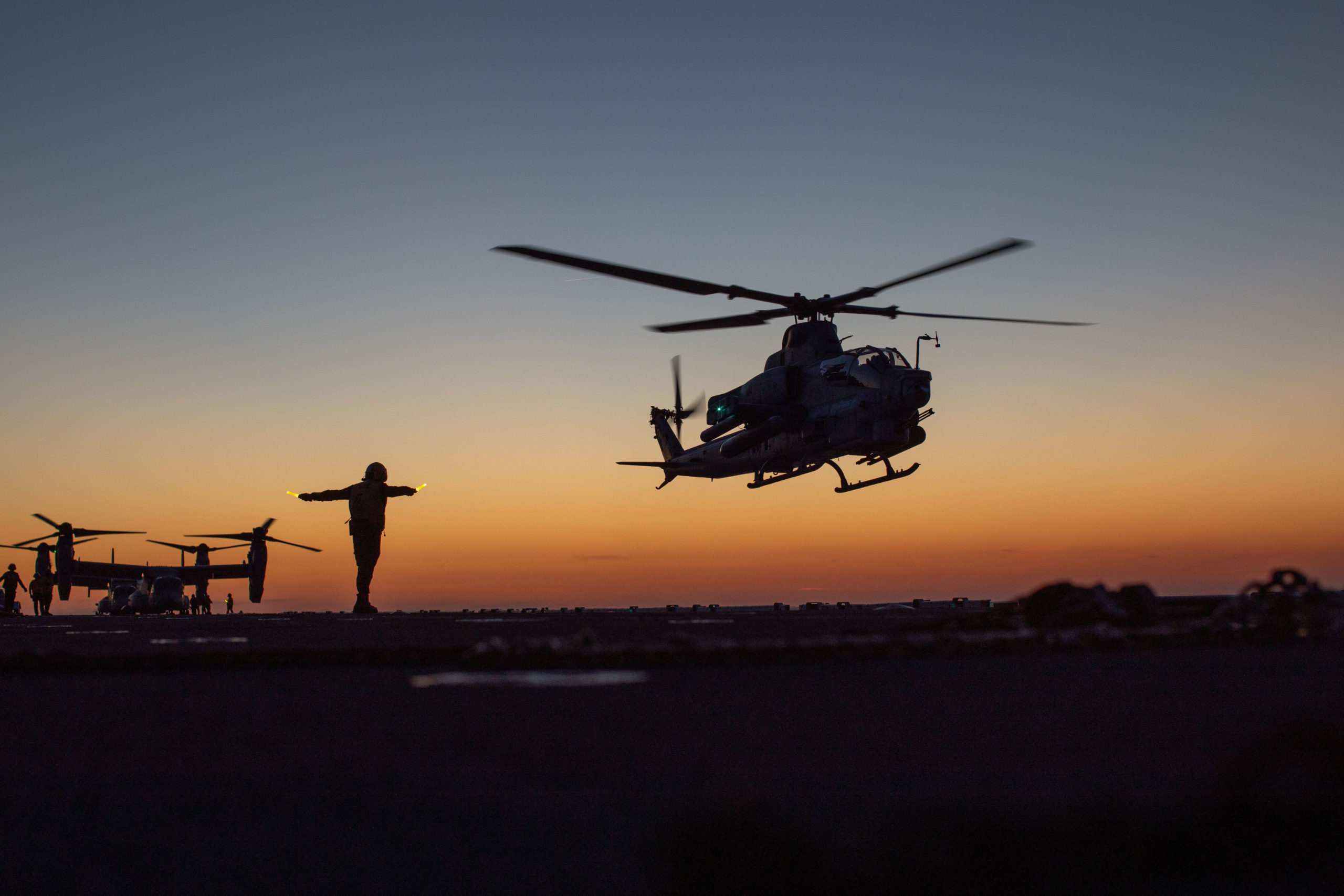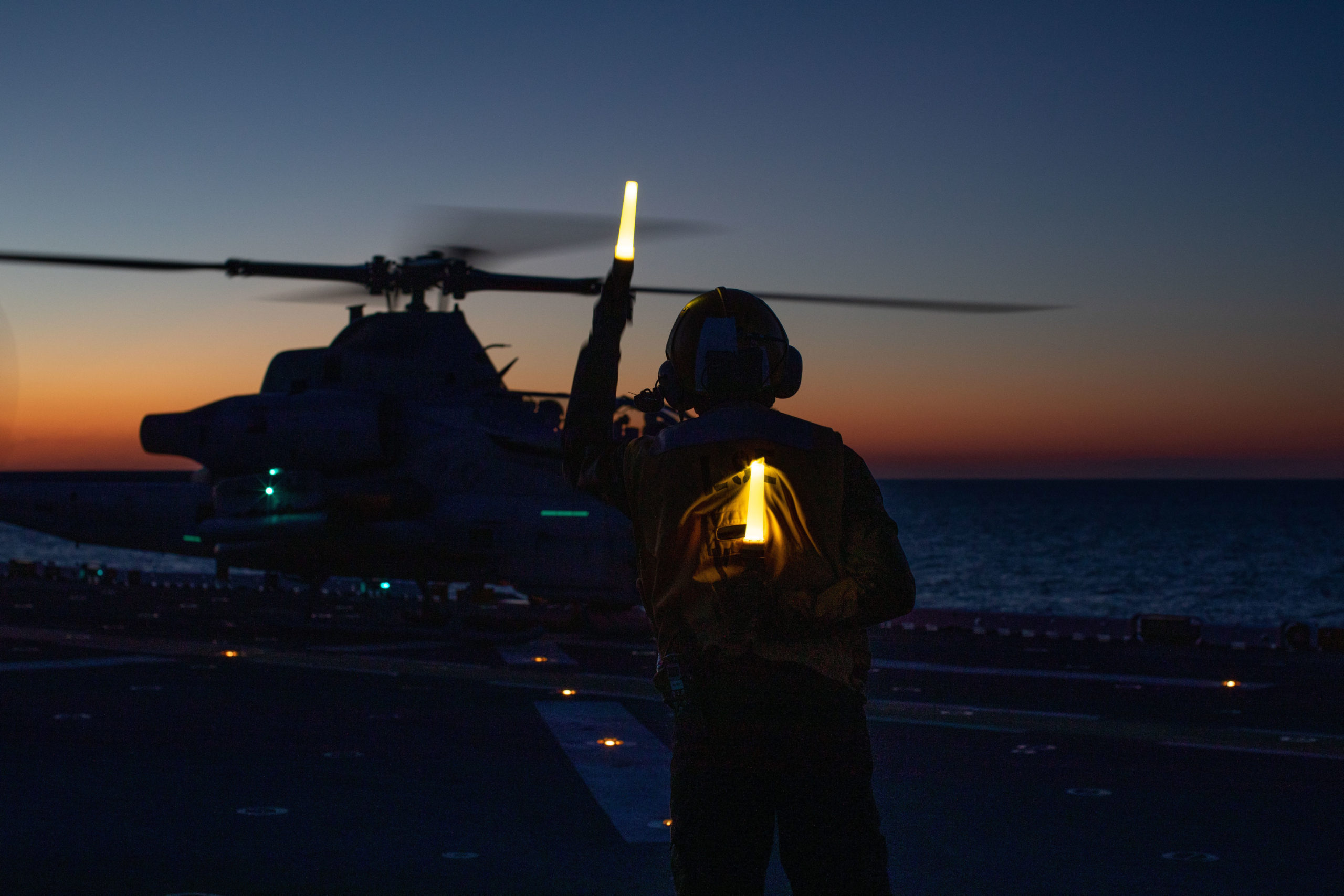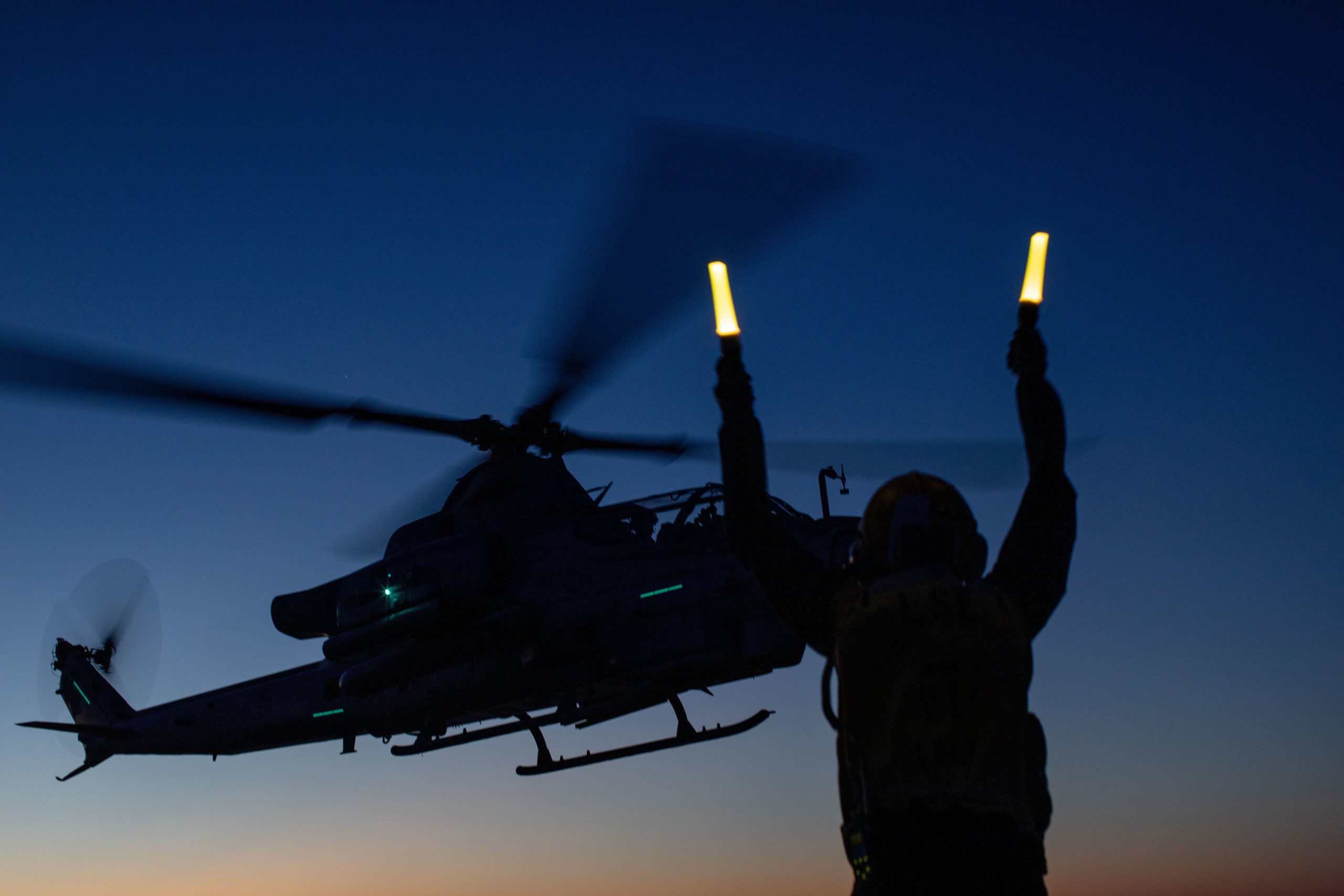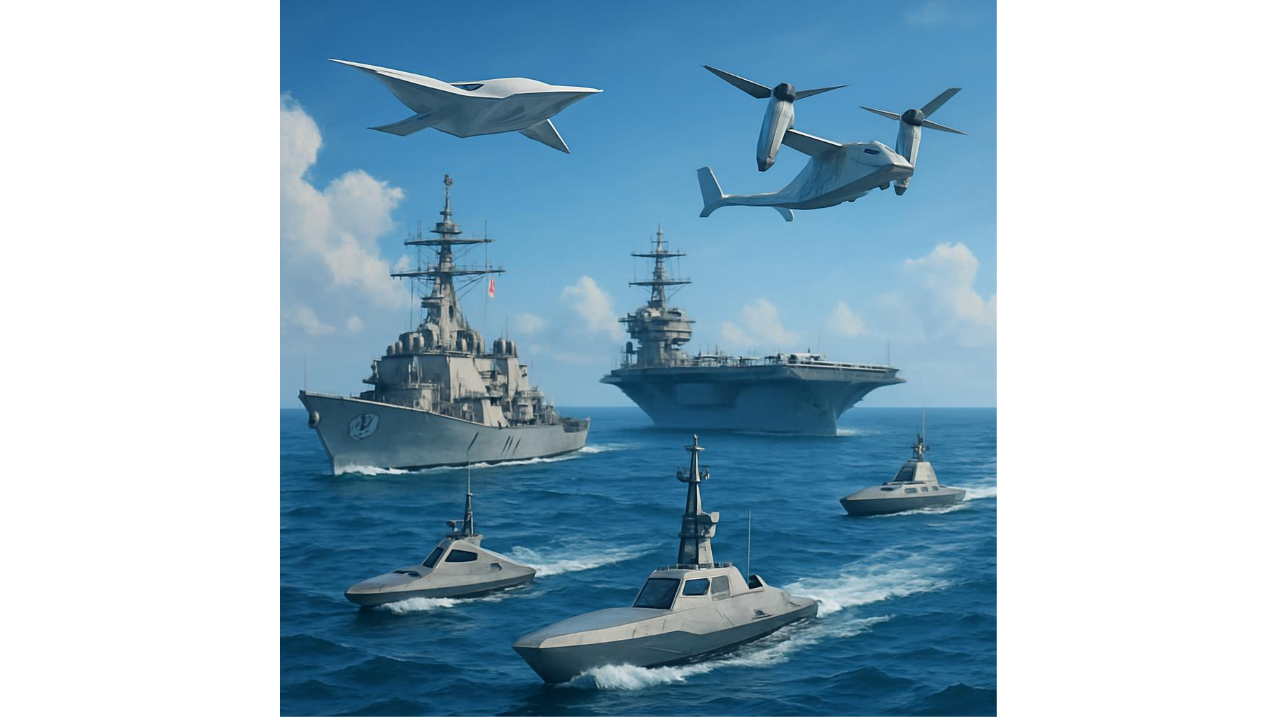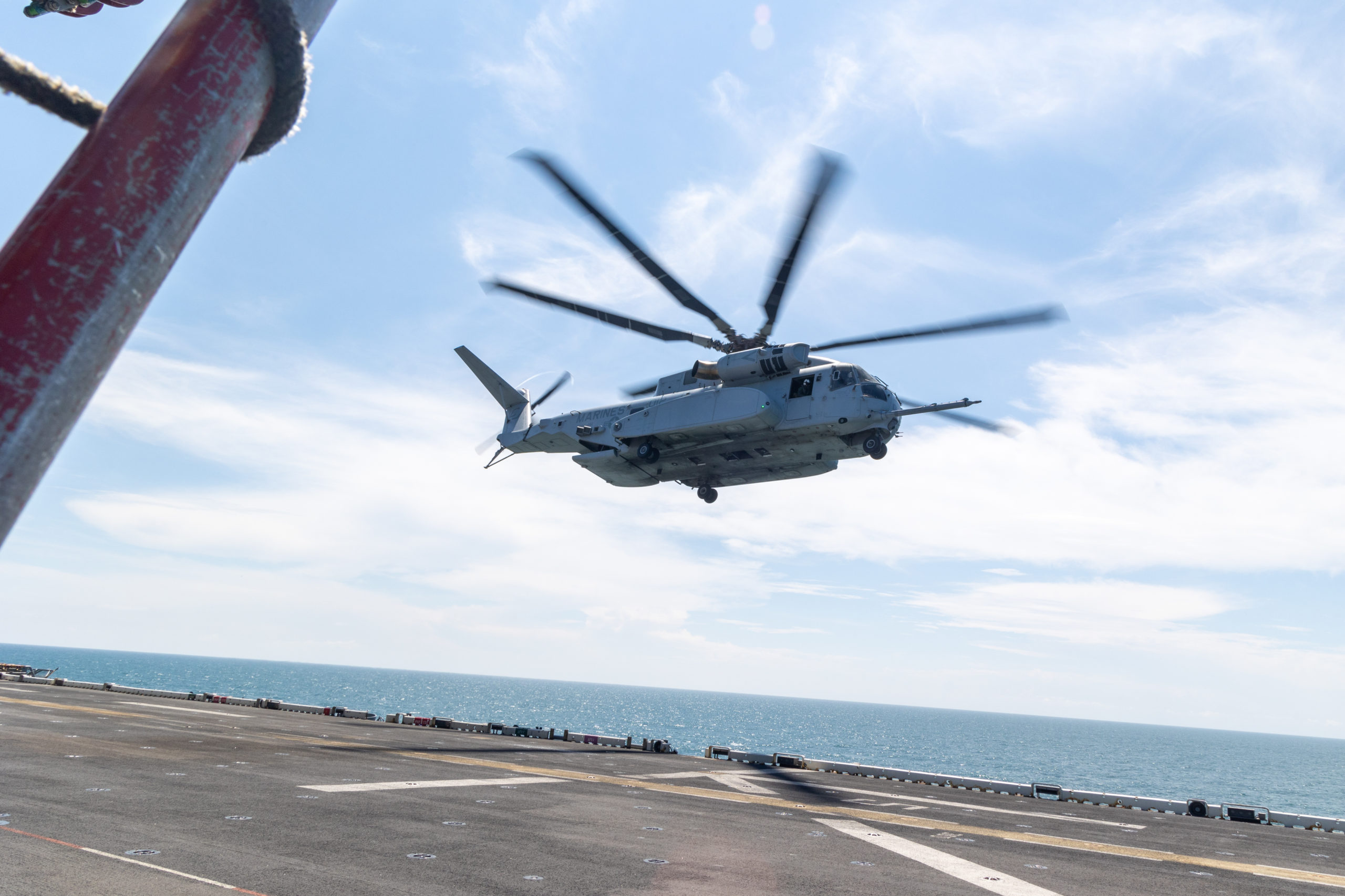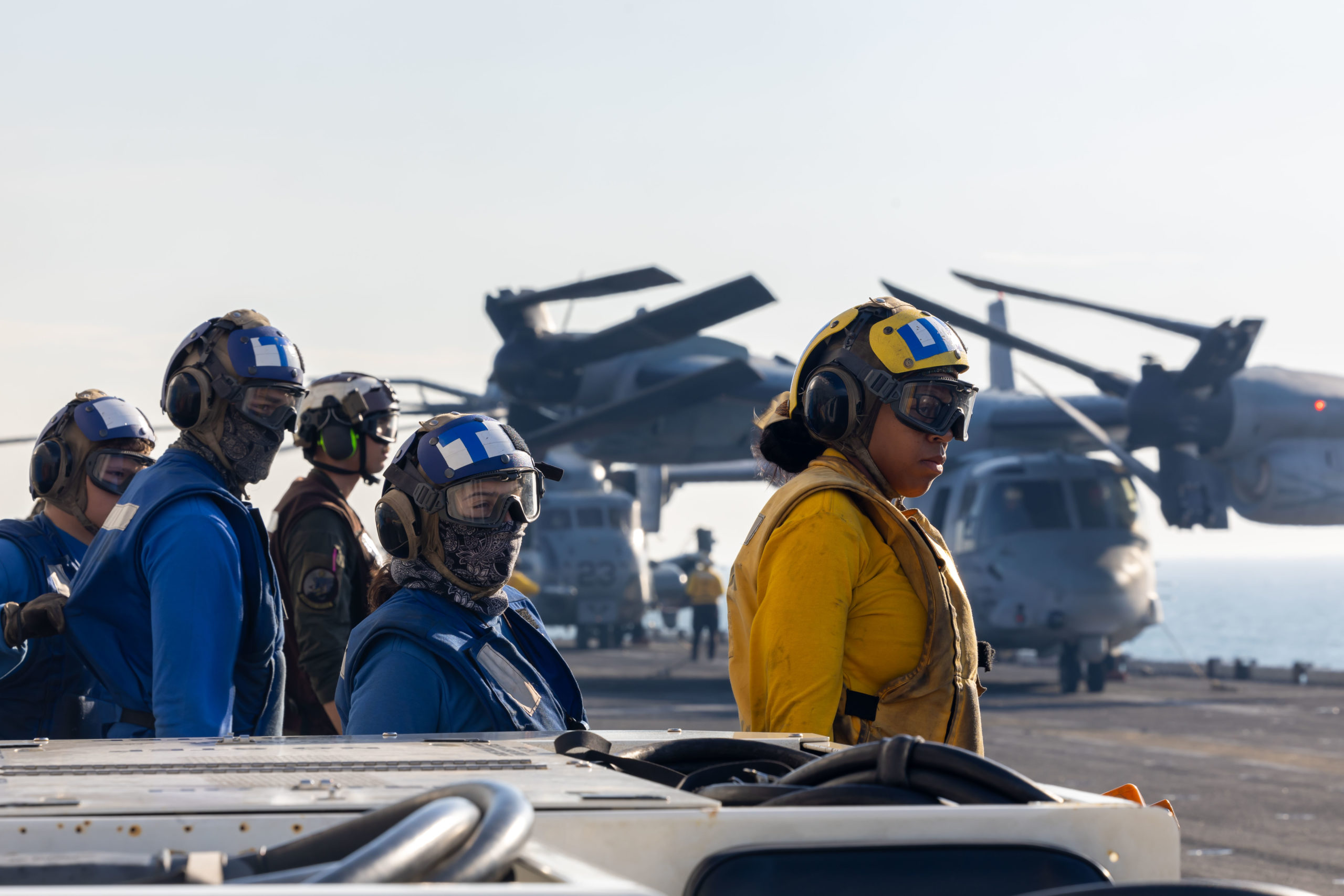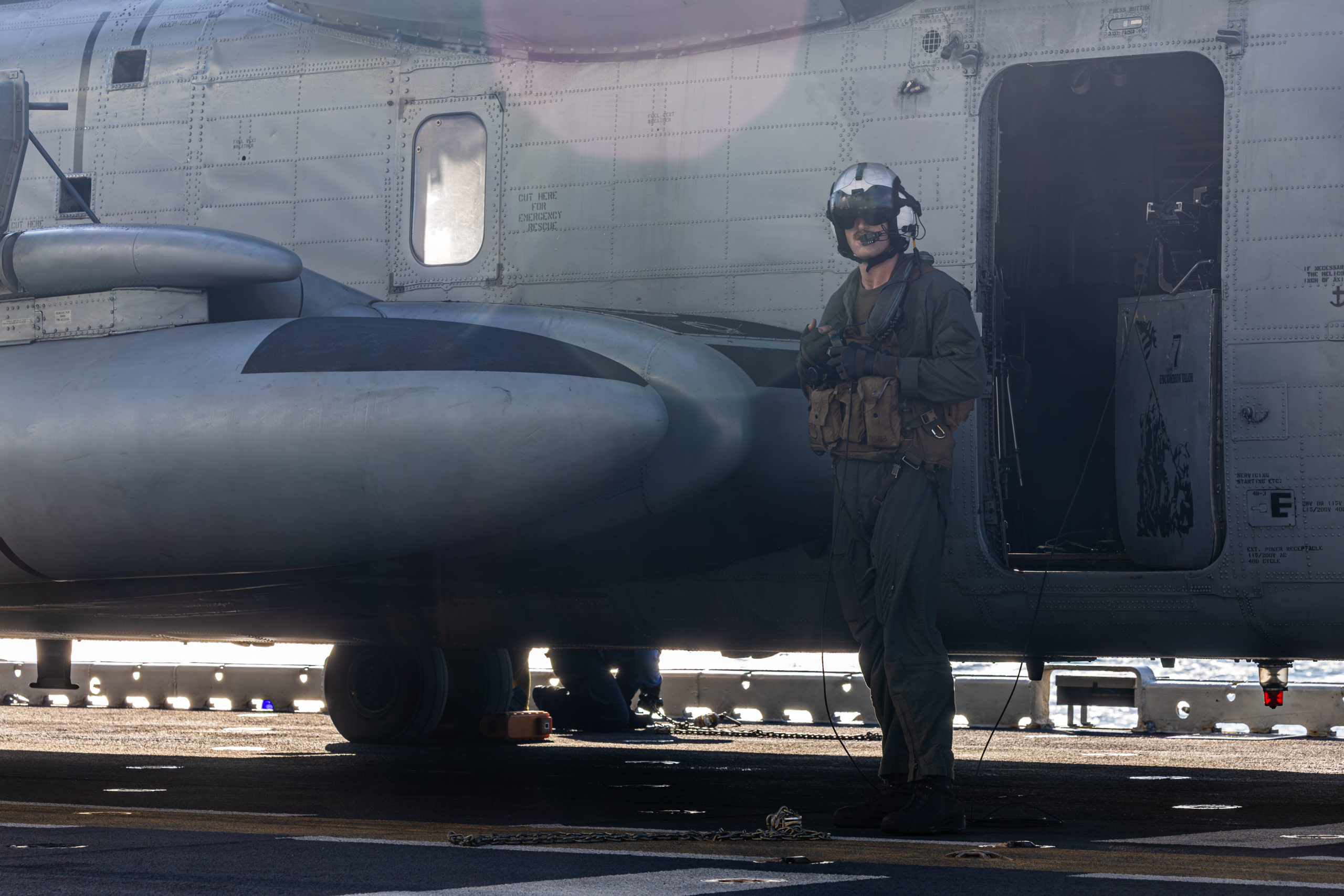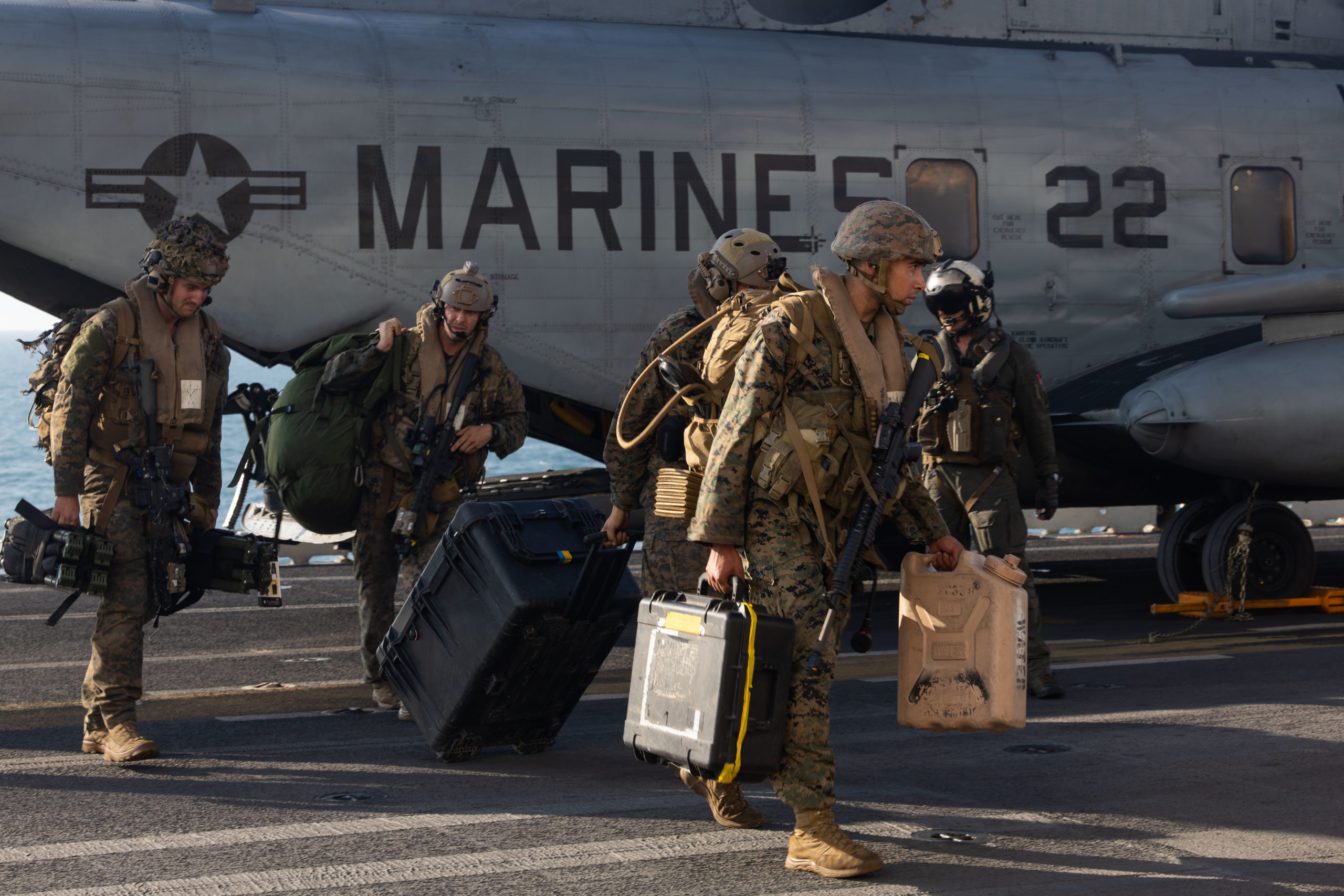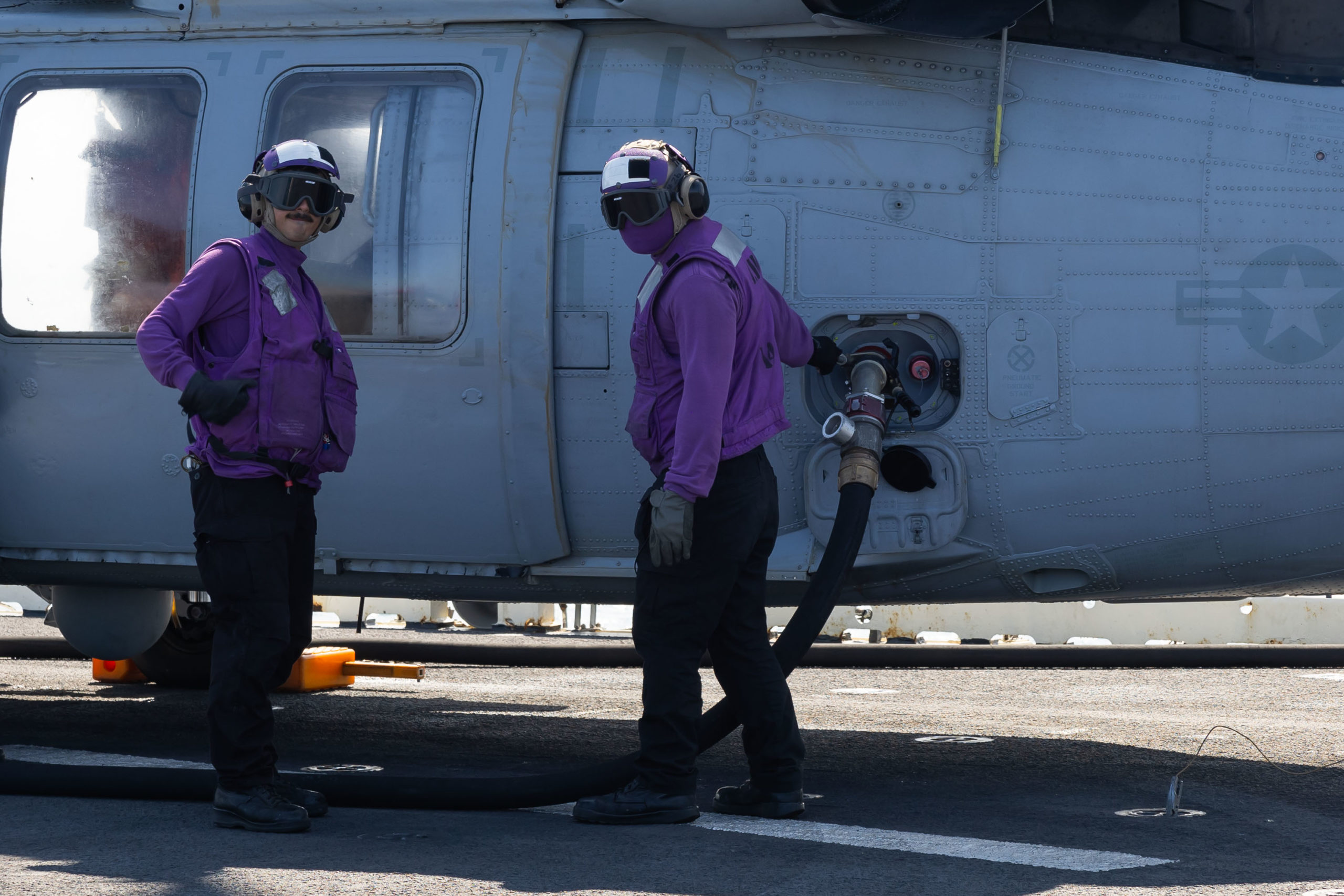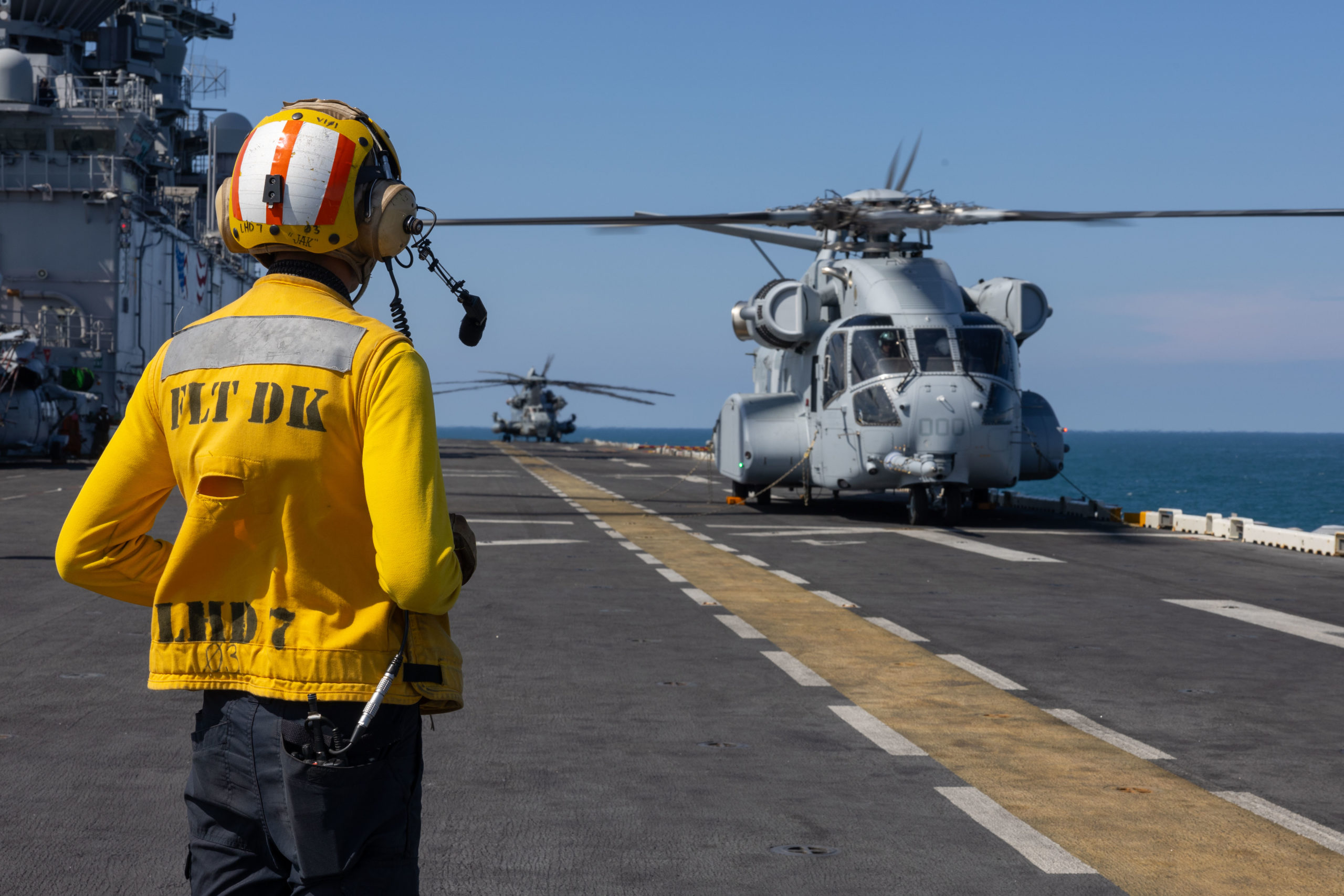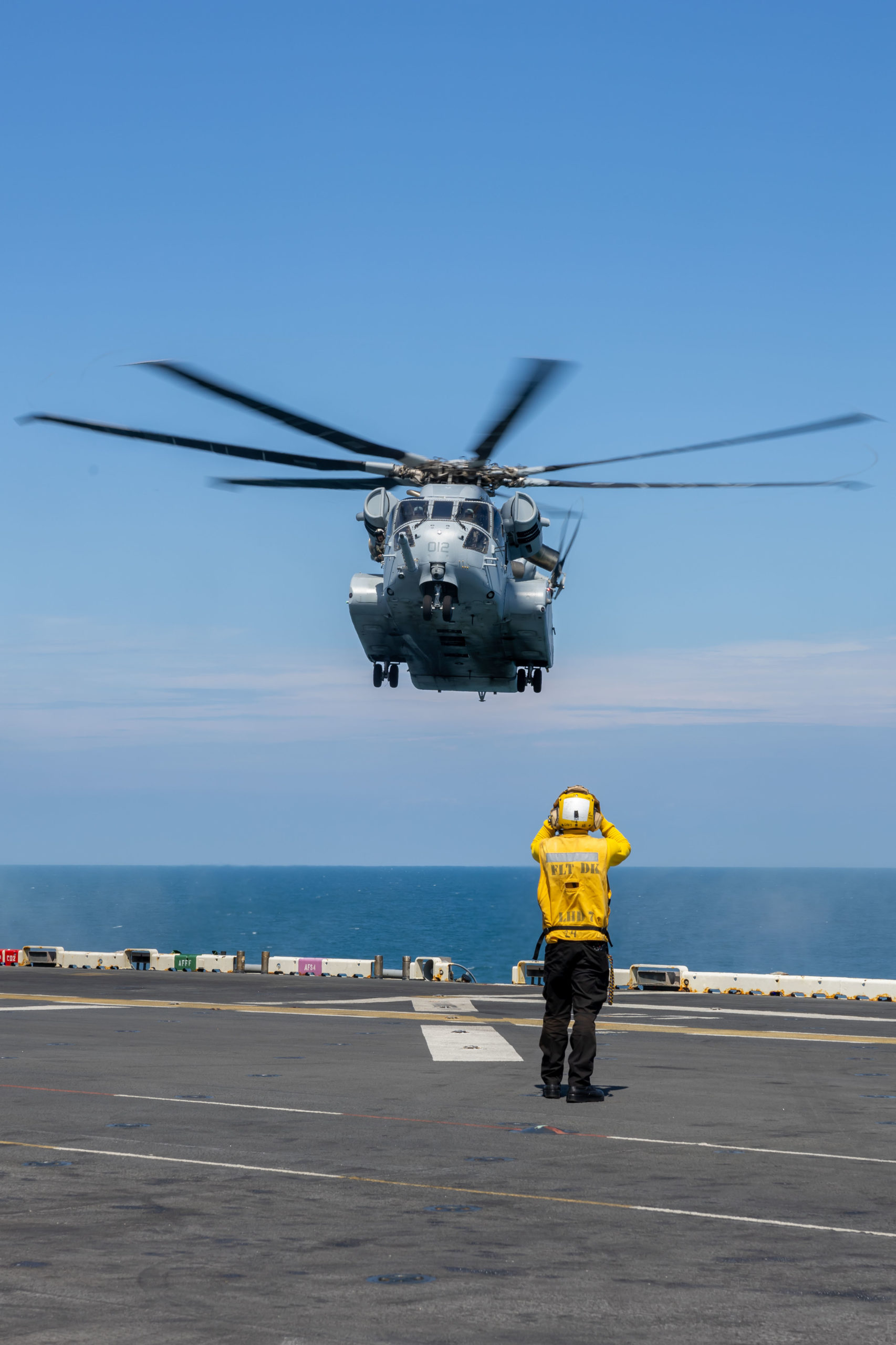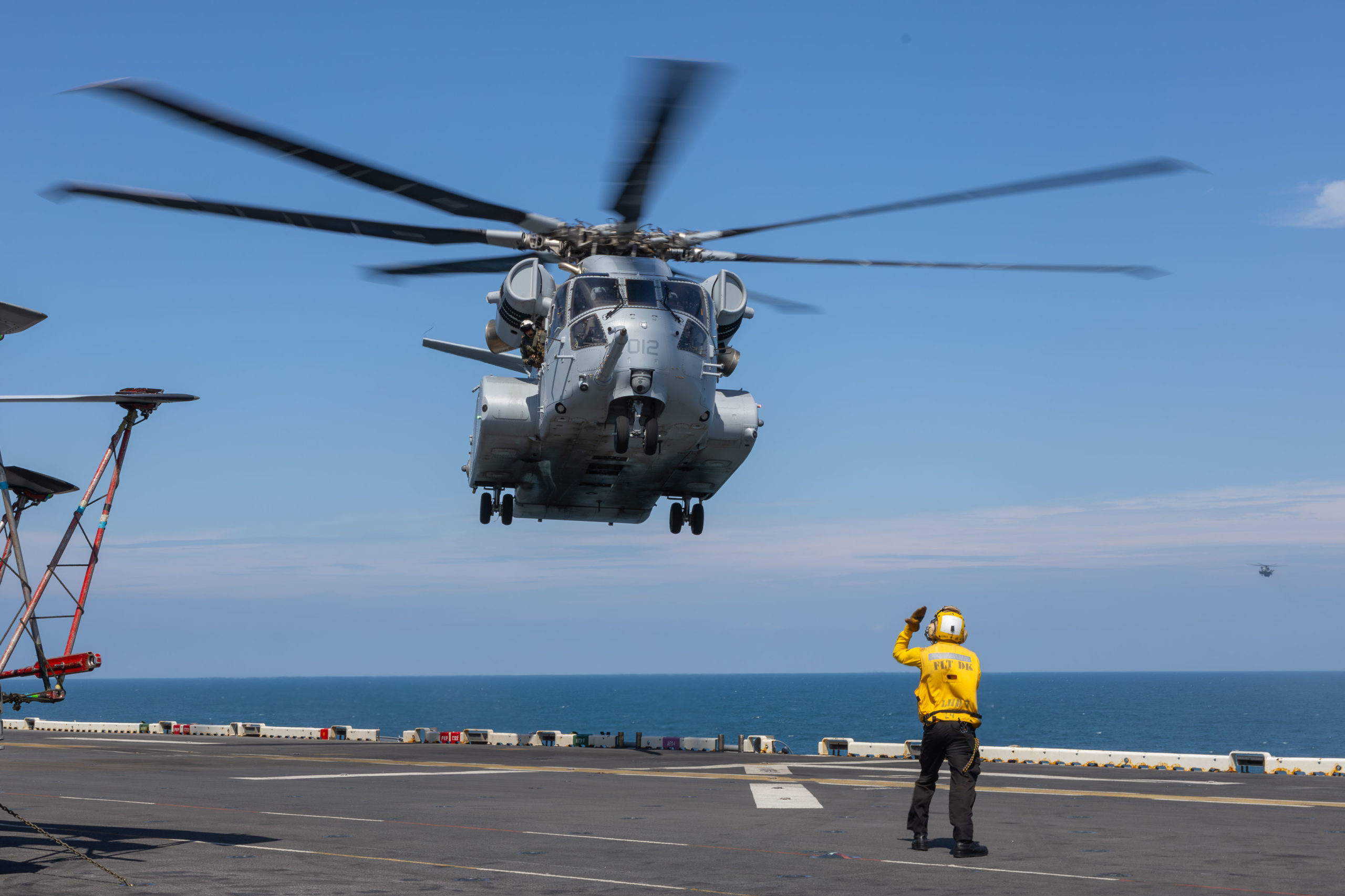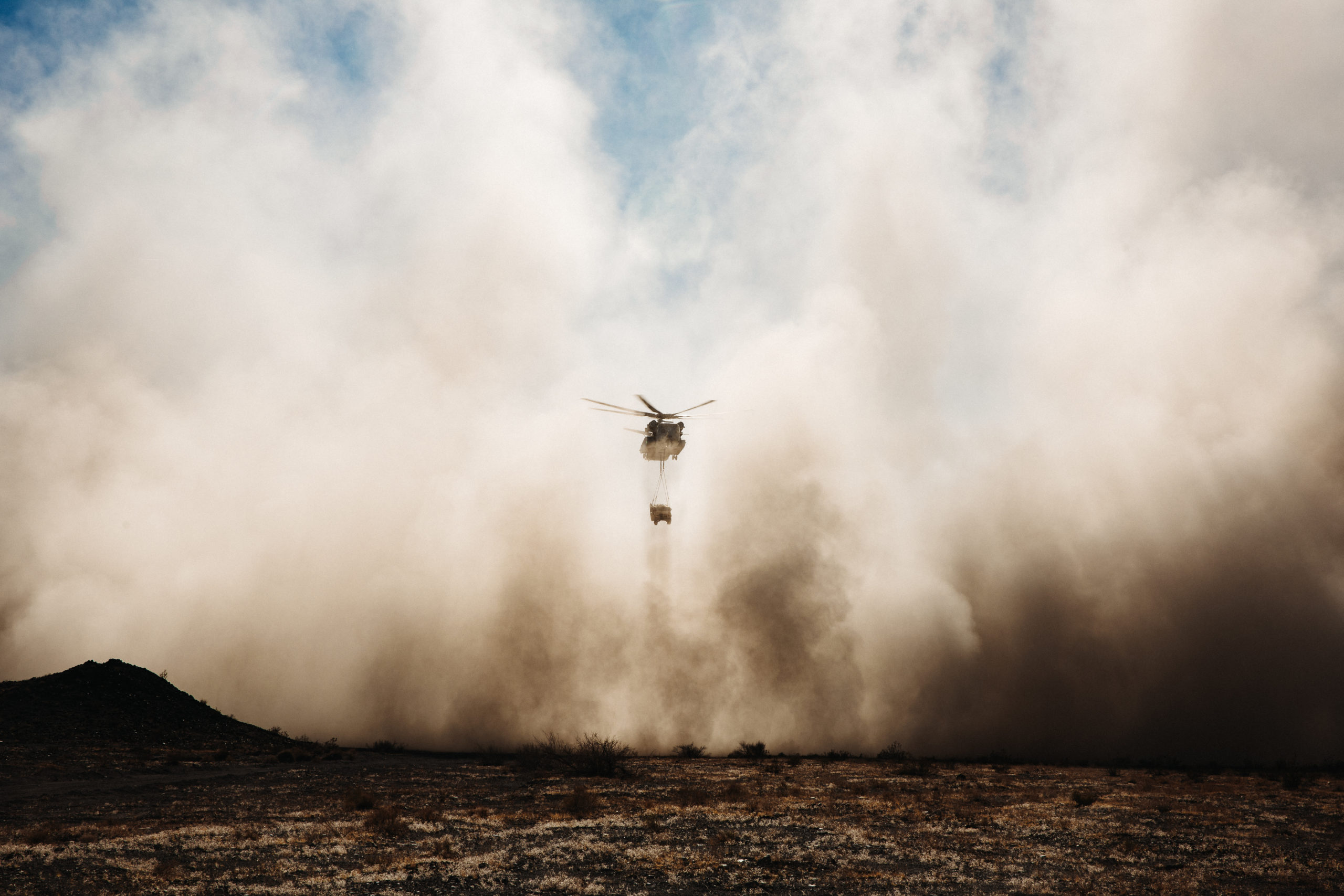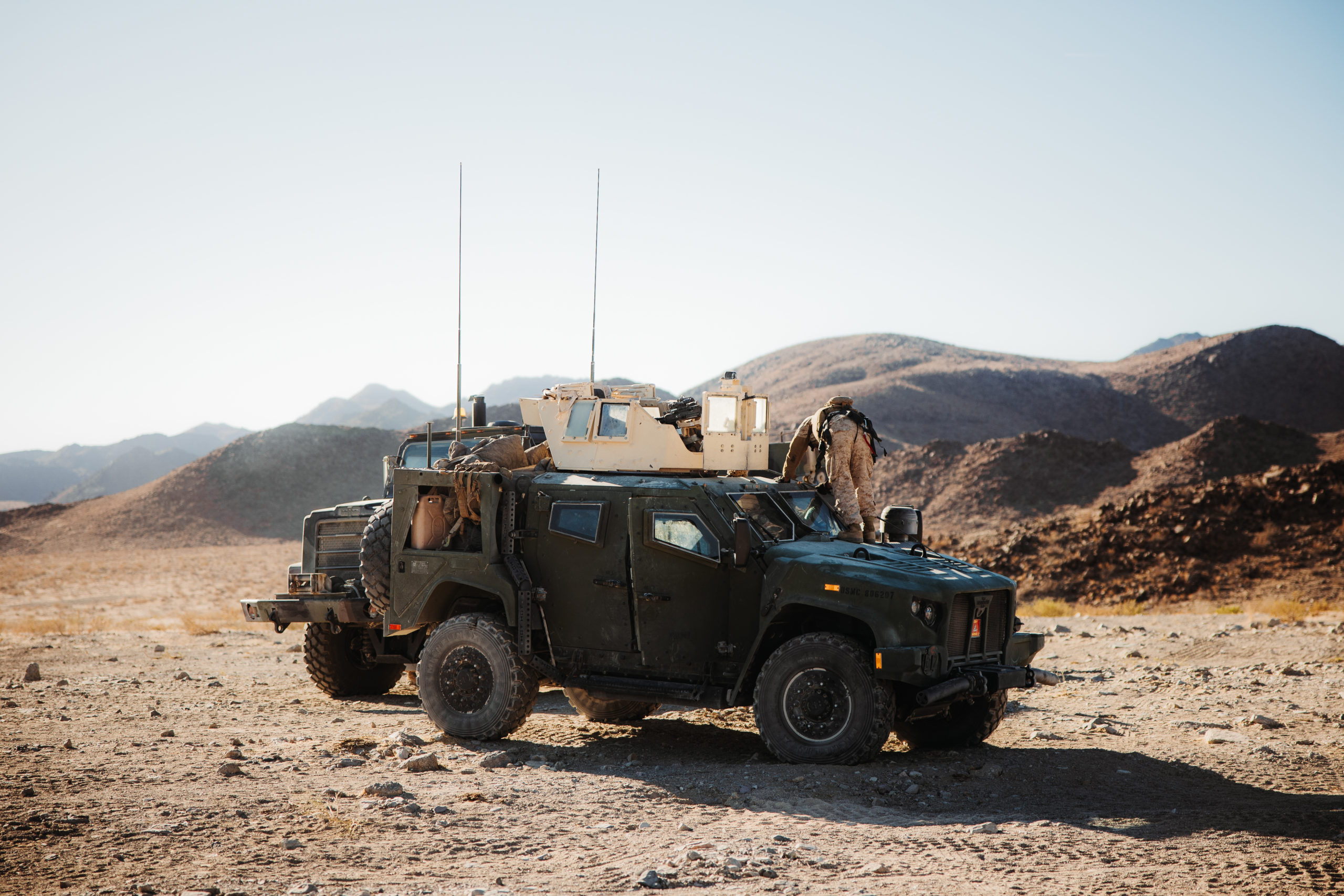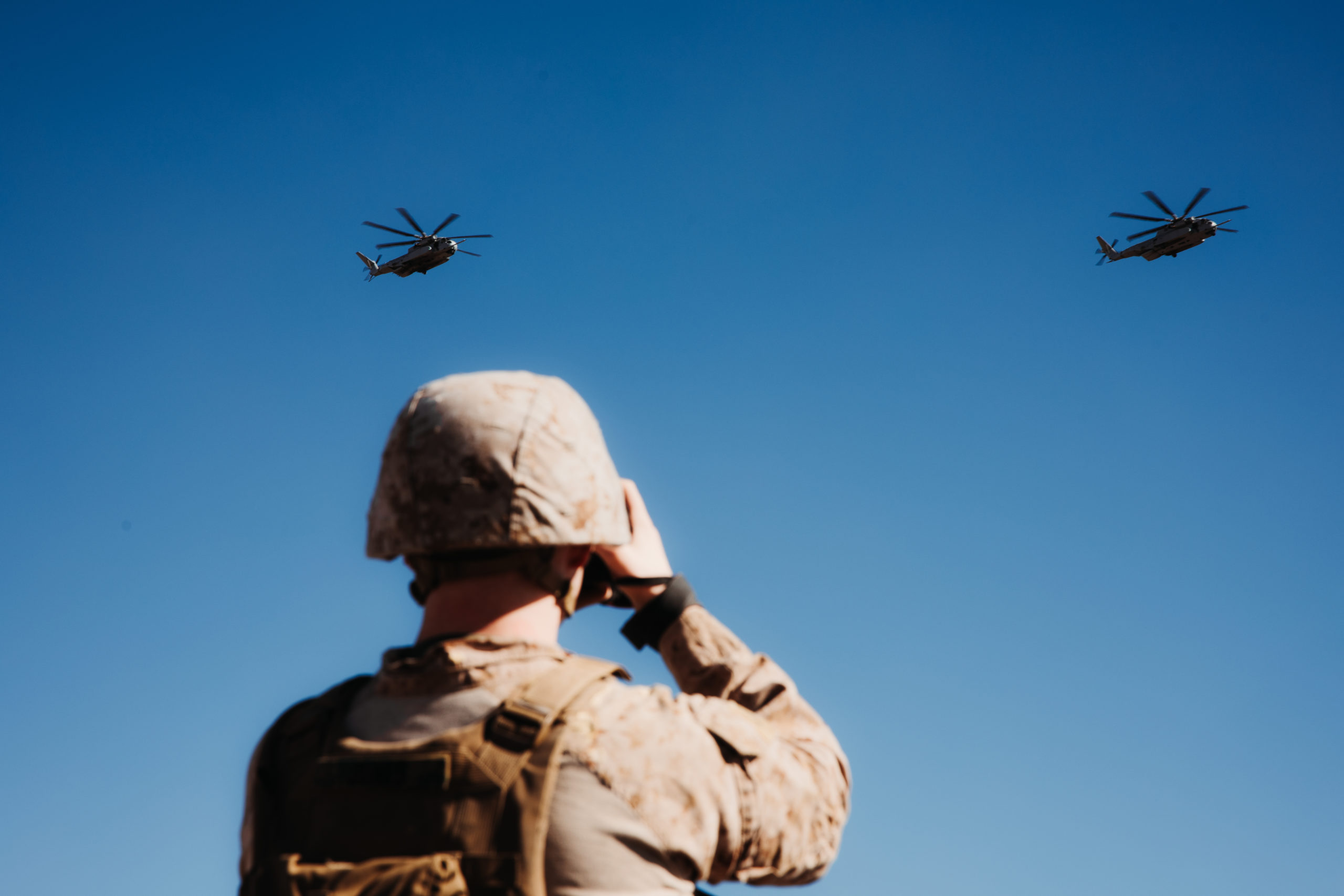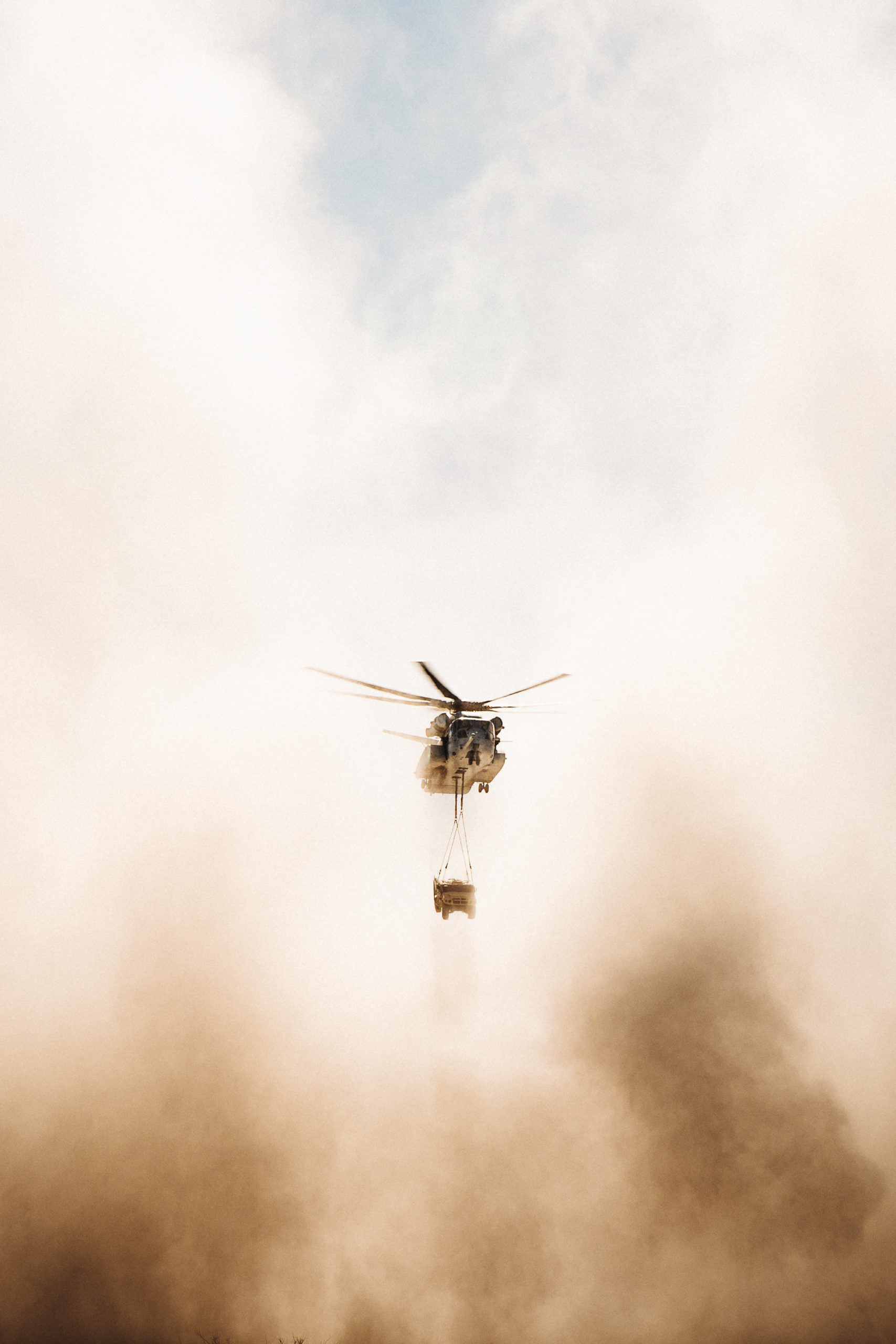By Robbin Laird and Kenneth Maxwell
The discourse surrounding contemporary international relations has become dominated by the phrase “great power competition,” yet this framing may fundamentally mischaracterize the nature of today’s global order.
While policymakers and analysts frequently invoke this term to describe the strategic rivalry between the United States and China, the concept of “great power competition” actually originates from an entirely different historical era that of the 18th century world of colonial empires.
More importantly, the globalized, interconnected nature of today’s economy has created a fundamentally different dynamic where major powers are more enmeshed within global networks than they are controllers of them.
This transformation has opened unprecedented space for middle powers to shape how competition among major players unfolds.
The original great power competition emerged during the Age of Discovery and colonial expansion, beginning around 1500 when European maritime powers, Spain, Portugal, Britain, the Netherlands, and France, competed to establish global empires. These powers sought to control territories, resources, and trade routes through direct colonial administration, with the mother country exercising comprehensive control over its colonies. Over 450 years from 1500 to 1945, these major European powers competed with one another over colonies, with no established global rules until the 20th century.
Each colonial empire operated as a relatively self-contained system. The British Empire, at its peak, covered a quarter of the world and was so vast that “the sun never set” on it, with Britain’s most important colony, India, accounting for half of the British Empire’s gross domestic product in 1870. The East India Company’s policies effectively amounted to a massive wealth transfer over hundreds of years, with one study estimating that by 1938 the British Empire had extracted $45 trillion from colonial India.
The key characteristic of this historical great power competition was hierarchical control: colonial powers could dictate terms to their territories, extract resources unilaterally, and operate largely independent economic systems. Each empire had distinct approaches but shared the fundamental ability to shape global affairs through territorial control and resource extraction from subordinate colonies.
Contemporary “great power competition” as an organizing principle for American foreign policy has proved remarkably shallow and short-lived, never describing a coherent strategy but rather representing a narrative of world politics that provides insight into how U.S. policymakers saw themselves and the world around them.
The “return of great power competition” is essentially an easier way of admitting that the United States is in relative decline, as the unipolar moment or the three-decade period of U.S. global predominance that started with the collapse of the Soviet Union is ending.
However, the fundamental structure of power in today’s world differs dramatically from the 18th century.
The U.S. and China were perhaps the two greatest beneficiaries of the phase of globalization that dated from roughly the mid-1970s to the 2008–9 global financial crisis.
Rather than operating as self-contained imperial systems, both powers are deeply embedded within global networks of production, finance, and trade.
After thirty years of intensive globalization, the world’s major powers find themselves more enmeshed in global networks than in control of them.
Global supply chains have become so integrated that China has gained global export and manufacturing share across multiple sectors, but this expansion has made Chinese firms dependent on global networks for components, markets, and technology. The value of U.S. goods imports from China rose from about $100 billion in 2001 to more than $400 billion in 2023, with Chinese factories assembling products for export to the United States using components from all over the world.
This interdependence creates mutual vulnerabilities that did not exist in the era of colonial empires.
The realities of complex interdependence could moderate confrontational strategies on both sides, as geopolitical rivalry between America and China need not make mutually profitable economic exchange impossible. Even so, the rhetoric around decoupling presently outpaces the reality; the U.S. and China will likely find it far more challenging to unwind their interdependence than they would like.
Opening economies to freer trade and capital movement tends to boost purchasing power and economic growth, but geopolitical considerations are increasingly causing some countries to pursue policies that create retrenchment in globalization, including Brexit, U.S. tariffs, and the U.S.-China trade war.
Yet the technology that makes supply chain integration easy has not changed, and economies will still need to interact, creating tension between geopolitics moving toward greater fracturing and technology producing integrating forces.
In this context of interdependence and constrained great power autonomy, middle powers have gained unprecedented agency.
Middle powers are states that commit their relative affluence, managerial skills, and international prestige to the preservation of the international order and peace, helping to maintain the international order through coalition-building, by serving as mediators and “go-betweens.”
Unlike the colonial era, when territories were either colonizers or colonized, today’s non-European middle powers, Australia, South Korea, Japan, India, and Brazil, operate as actors with significant influence.
One of the leading trends in world politics which in the long run, are just as important as intensifying major -power rivalries is the growing desire of these countries for more control over the shape of the global order and greater influence over specific outcomes.
Many middle powers are diversifying their partnerships and clearly not wanting to align fully with either side and know that their ability to overhaul the any bifurcating global order is limited.
Middle powers have developed sophisticated strategies that would have been impossible in the colonial era. With the ongoing major power competition between the United States, China, and Russia, middle powers attempt to rearrange their security strategies and alignment behaviors by adopting hedging strategy to avoid taking sides by engaging all sides simultaneously.
The hedging strategy allows secondary states to maximize benefits from all competing powers while simultaneously adopting insurance policies to minimize risks and preserve their strategic autonomy.
Unlike the Cold War’s nonaligned movement, many “Global South” countries are not rejecting alignment but pursuing multi-alignment on specific issues, based on their calculus of their own interests, colonial legacies, and a sense of inequality on economic or strategic issues.
Perhaps the single geopolitical stance most characteristic of middle powers is an allergy to being recruited into a bipolar stand-off between major powers.
Asia-Pacific Middle Powers
In the context of U.S.–China rivalry, Australia, South Korea, and Indonesia have developed distinct strategies for the Indo-Pacific, with Australia pursuing a more committed alignment with Washington while maintaining significant economic ties with China, and South Korea maintaining a careful balance between the two powers.
The rise of China and Beijing’s aggressiveness have alarmed countries across Asia, representing an opportunity for the United States to solidify partnerships, but these nations also provide basing and access for U.S. forces while maintaining their own strategic autonomy.
Australia and Japan are pursuing a multiple track approach in trade, participating in both the Regional Comprehensive Economic Partnership (RCEP) and the Comprehensive and Progressive Trans-Pacific Partnership (CPTPP) agreements, realizing that smaller trade agreements can be useful tools while the WTO needs reform.
“Global South” Middle Powers
Brazil, India, Indonesia, and South Africa are “swing states” that are capable of creating new power dynamics due to their nonalignment with great powers. These countries have no ideological affinities with each other, and their lack of ideological orientation reinforces the transactional impulse that conditions their policies.
Middle powers have considerable and growing agency to operate their policies of multi-alignment and are not merely pawns in major power contests, with technology competition potentially transforming these nations from peripheral actors to critical nodes in global innovation networks.
The Constraining Effect on Major Powers
The agency of middle powers fundamentally constrains the actions of major powers in ways that colonial subjects never could.
Even Japan, arguably the country in Asia most concerned about China’s growing power, is deeply dependent on China’s economy for its own prosperity, and the same goes for countries of the Association of Southeast Asian Nations, all of which have deep and growing economic links with China.
In addition to its own interdependencies with China, the United States will be influenced and constrained in how far it can push against China by the interdependencies of its coalition partners, as most countries in the region harbor deep concerns about China’s ambitions but none are willing to explicitly align against it.
China’s strategic positioning in multilateral bodies has allowed it to exert considerable influence, particularly within the UN system, but this influence must be exercised within institutional frameworks where middle powers retain significant voice and voting power.
The rise of middle power agency suggests that the future global order will be characterized not by major power dominance alone but by complex multi-polar arrangements where middle powers play decisive roles.
The international system is undergoing a dramatic shift from an American-dominated rules-based order to a more intricate and sophisticated multipolar order, with middle powers holding a special place due to their proactive diplomacy, strong economies, and moderate influence.
But the rise of a multi-polar authoritarian world does limit the flexibility of these non-European middle powers, as all are democracies.
And being democracies they are directly threatened by the political culture and broader strategic objectives of these authoritarian powers.
The United States is the key democratic power, but there is little desire by the middle powers to reduce the global competition to a bi-polar global competition.
The partial unraveling of globalization raises questions about the direction of global order, but mobilizing like-minded coalitions of mostly democracies on certain issues makes sense, even though excluding China and other major powers from all arrangements is problematic.
The United States has an advantage in building regional arrangements with trusted partners, given its shared values and extensive web of alliances, but must operate in regional groupings and partnerships rather than through unilateral dominance.
In short, the contemporary international system represents a fundamental departure from the great power competition of the 18th century.
Rather than hierarchical imperial systems where great powers controlled subordinate territories, today’s world features complex networks of interdependence where even major powers are constrained by their integration into global systems.
This transformation has created unprecedented space for middle powers to shape international outcomes.
Australia, South Korea, Japan, India, Brazil, and other middle powers are not the colonies of earlier eras but autonomous actors with significant agency.
They can pursue hedging strategies, multi-alignment policies, and coalition-building approaches that would have been impossible under colonial domination.
Their choices about how to balance relationships with major powers, which multilateral institutions to support, and what global norms to promote will be crucial in determining how competition between the United States and China unfolds.
Understanding this dynamic is essential for both policymakers and analysts.
The future of international relations will not be determined solely by major power competition but by how middle powers navigate, shape, and constrain that competition.
In a world where major powers are more enmeshed in global networks than controllers of them, middle powers have become the decisive swing actors in shaping the 21st century global order.
The implications are profound: Rather than preparing for a return to 18th century-style great power competition, we should focus on understanding how middle powers are reshaping the very nature of international competition itself.
Their rise represents not just a shift in the distribution of power, but a fundamental transformation in how power operates in an interconnected world where there are significant authoritarian powers challenging the values of the democratic world.
Note: Next year we are publishing our book entitled, The Australian, Brazilian and Chinese Dynamic: An Inquiry into the Evolving Global Order which focuses on the question of the role of middle powers in the evolving global system.
The book provides a detailed analysis of the evolving economic and strategic relationships between China and two significant middle powers, Australia and Brazil.
We explore how both countries, despite being resource-rich and heavily reliant on trade with China, are navigating their positions in a changing global order marked by increasing multipolarity and strategic competition, particularly between the U.S. and China.
We highlight the contrasting approaches Australia and Brazil are taking to address the challenges and opportunities presented by China’s growing global influence.
While Australia is more focused on bolstering security alliances and diversifying markets in the Indo-Pacific and beyond, Brazil is pursuing regional economic integration and leveraging its position within the BRICS group to seek re-industrialization in its partnership with China.
Both Australia and Brazil, as middle powers, are navigating a shifting global landscape where China’s economic power presents both significant opportunities and challenges.
Their distinct approaches to balancing economic benefits with security concerns (Australia) or maintaining strategic autonomy and focusing on regional integration (Brazil) highlight the varied ways middle powers are adapting to a more multipolar world.
The analysis underscores the risks of economic over-dependence and the importance of diversification strategies, while also revealing the growing influence of China through its economic leverage and the concept of an “informal empire.”
The continued development of these relationships will be crucial in shaping the future global order.



